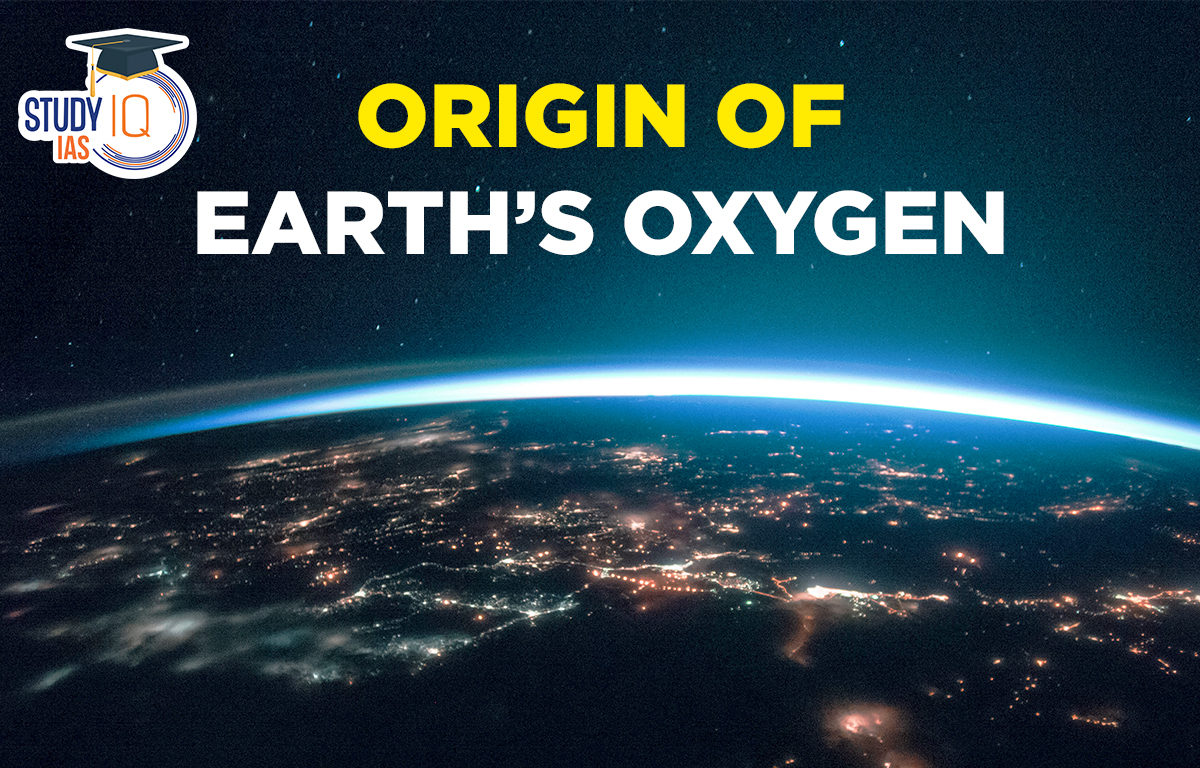Table of Contents
The Conventional Theory on the Source of Oxygen on Earth
Earth’s Early Atmosphere: The early atmosphere on the Earth was primarily composed of carbon dioxide, methane and water vapor, as opposed to the present-day nitrogen and oxygen. Oxygen was absent from the earth’s atmosphere for close to half of its lifespan of 4.5 billion years.
The Problem: Though sunlight split the water vapor in the atmosphere into oxygen and hydrogen, the oxygen quickly reacted with methane and got locked into the earth’s crust, barely leaving any traces in the atmosphere.
- The Great Oxidation Event:
How Does the New Study Explain the Source of Oxygen on Earth
- Plate Tectonics and Subduction: According to the study, plate tectonics and subduction are responsible for the Earth’s atmospheric oxygen.
- In plate tectonics, the oceanic crust sinks into the Earth’s mantle at points of convergence called subduction zones.
- During the subduction, oxidized sediments and bottom waters of the ocean floor are introduced into the Earth’s mantle. This produces oxidized magmas with high oxygen and water contents.
- The oxygen from these oxidized magmas was ultimately released into the atmosphere during volcanic eruptions.
- The Researcher’s Claim:
- The earlier belief was that oxidized magmas were absent during the Archean Eon, which is around 7 billion years ago.
- However, the scientists were able to identify the evidence of such magmas in Neoarchean magmatic rocks across the Abitibi-Wawa subprovince of the Superior Province — the largest preserved Archean continent stretching over 2000 km from Winnipeg, Manitoba to far-eastern Quebec.
- And the researchers claimed that this presence of oxidized magmas in the Neoarchean period (2.7 billion years ago) predates the Great Oxidation Event (2.4 billion years ago), thus suggesting that Archean subduction could have been a vital, unforeseen factor in the oxygenation of the Earth.
Supporting Argument for the Source of Oxygen on Earth Study
The Geological Time Scale


 Pakistan-Occupied Kashmir (PoK): History...
Pakistan-Occupied Kashmir (PoK): History...
 List of Indo-Pakistan Wars and Conflicts...
List of Indo-Pakistan Wars and Conflicts...
 Daily Quiz 24 April 2025
Daily Quiz 24 April 2025






















